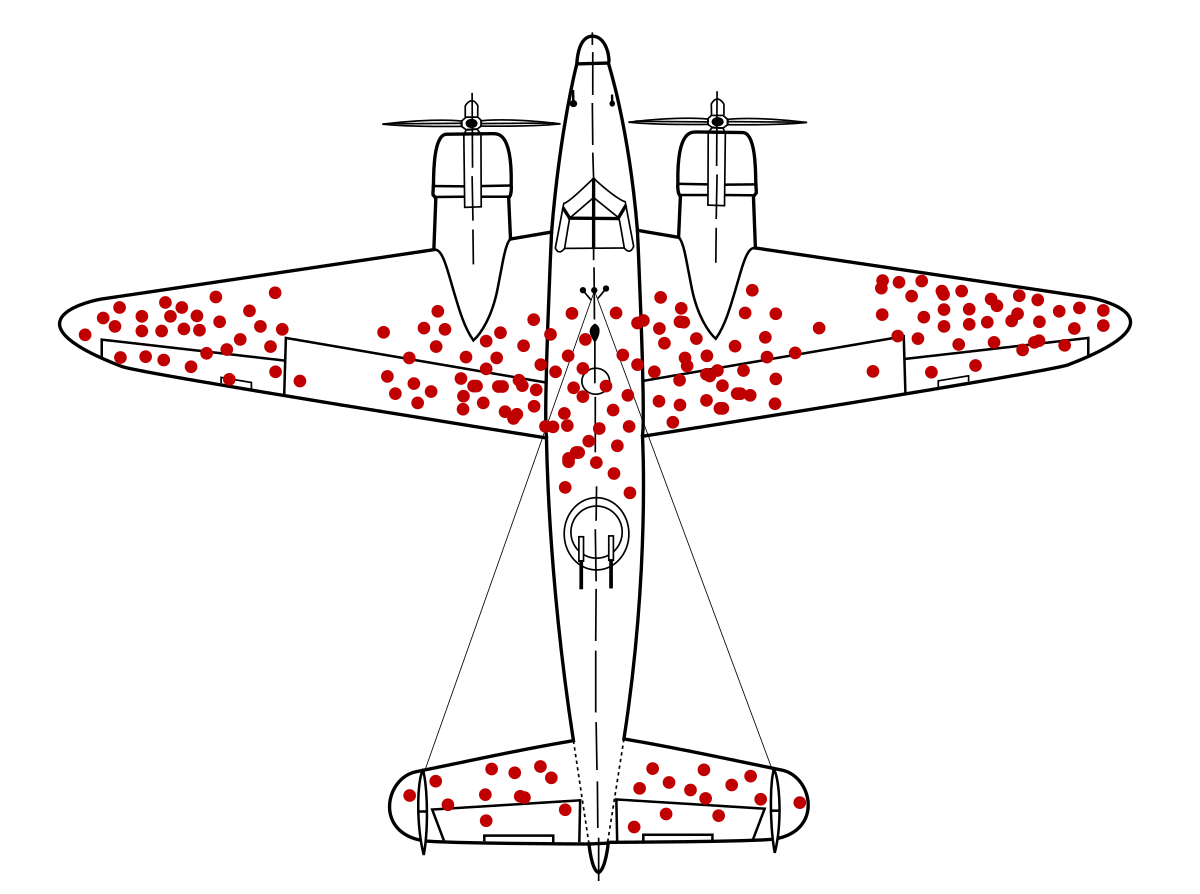I don't think you "know" it is dangerous. You repeat what you were told.
According to GUE END>30m(?) is dangerous. In fact it is not at all.
I survived the last hundreds CCR dives. Was it dangerous? I don't think at all.
By the was, last week I was diving in Sardina at 63m on CCR. The other divers used 21/35 or 18/45, OC or CCR. No other gas was used.




